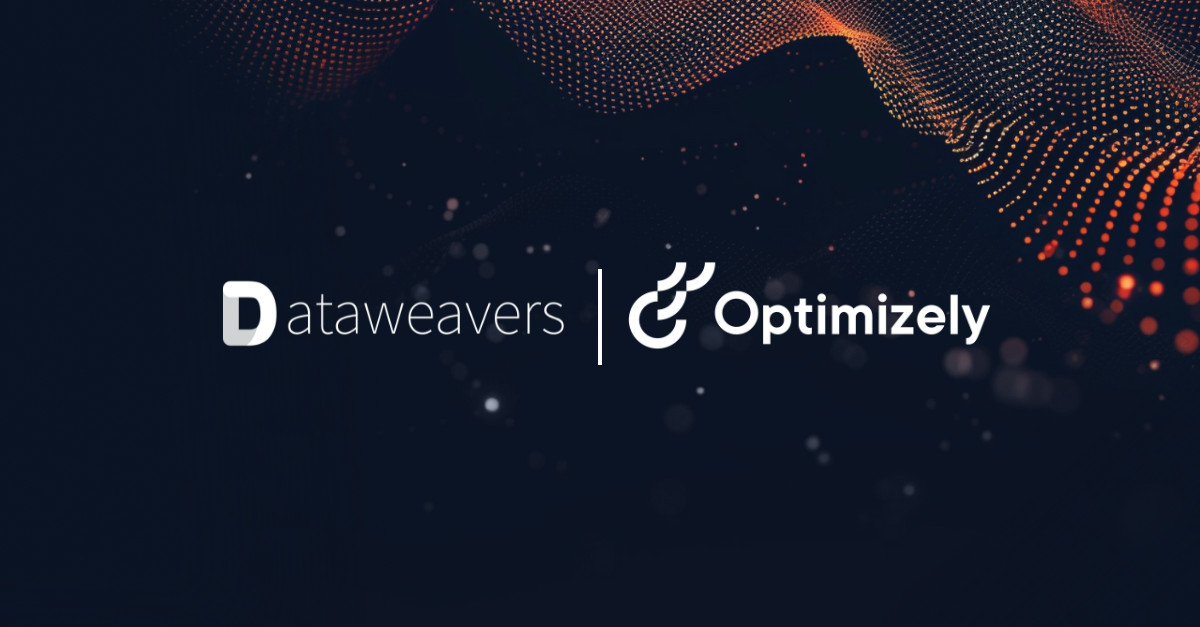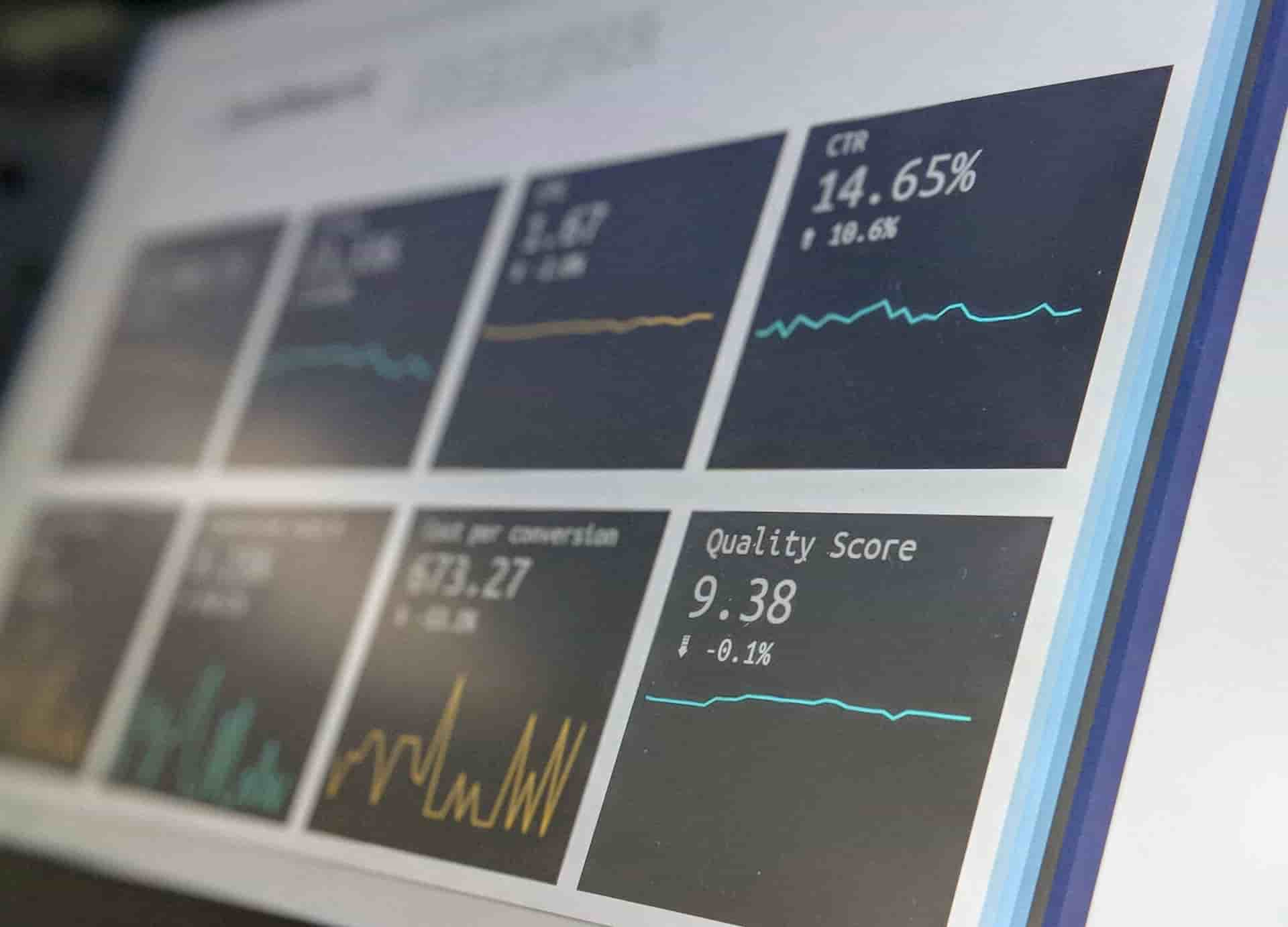Headless CMS platforms and their associated composable ecosystems are now mainstream in modern digital delivery. The shift from monolithic to decomposed MACH-style architectures has been swift and continues to accelerate.
In this new composable landscape, the CMS remains the heart of the solution. The architecture promises decoupled and independent systems, but in practice the CMS where content is created and distributed still anchors the entire digital ecosystem.
Choosing the right platform for both your immediate and future use cases is critical. It must align with your operational needs, feature requirements, and compliance and governance obligations. This is the one choice in your stack you cannot afford to get wrong.
To make the process clearer, it helps to understand the different categories of CMS platforms and how they map to enterprise requirements. We break these into three broad tiers: Enterprise CMS, Midmarket CMS, and Basic CMS. First, we will look at the general characteristics of each tier, then focus on the unique considerations for headless SaaS implementations.
CMS Landscape by Market Tier
Enterprise CMS
Enterprise CMS platforms are built for global organisations, regulated industries, high-traffic sites, and multi-brand ecosystems. They must handle large-scale operations, strict compliance, and advanced governance while supporting both traditional and composable digital strategies.
General characteristics
- Scale and performance: Multi-site, multi-region, multi-language, millions of pages.
- Governance and compliance: Granular permissions, workflow automation, audit trails, regulatory compliance (GDPR, HIPAA, FINRA, FedRAMP).
- Integration depth: Native or extensible connectors to enterprise systems such as CRM, DAM, commerce, analytics, and marketing automation.
- Operations and security: DevOps pipelines, zero-downtime deployments, advanced caching/CDN, WAF, vulnerability management, 24/7 support.
- Contracts and cost: High licensing and multi-year enterprise agreements, usually six to seven figures.
Headless CMS
- High-performance REST/GraphQL APIs with enterprise SLAs.
- Omnichannel content delivery across web, mobile, IoT, kiosks, and chatbots.
- Native support for personalisation, experimentation, and composable orchestration.
- Global CDN delivery with enterprise data residency options.
- Rich partner and marketplace ecosystems for composable DXP builds.
Examples: Sitecore XM Cloud, Contentstack, Kontent.ai, Sanity, Contentful.
Traditional CMS
- Page templating, layout builders, and integrated authoring environments.
- Tight coupling with broader DXPs, offering native personalisation, analytics, and marketing automation.
- Options for on-premise, hybrid cloud, or self-hosted in enterprise tenants.
Midmarket CMS
Midmarket CMS platforms serve scaling organisations, regional enterprises, and departmental teams. They balance affordability and speed with enough power to support multi-channel delivery, although without the depth of enterprise compliance or globalisation.
General characteristics
- Scale: Handles multiple sites and languages, but not at global hyperscale.
- Governance: Basic permissions and workflows, lighter than enterprise.
- Integration depth: Connectors for CRM, DAM, and analytics, but fewer and less sophisticated.
- Operations and security: SaaS-based operations with basic automation and security features.
- Cost: More accessible licensing, typically mid-range subscriptions.
Headless CMS
- API-first core with strong content APIs and SDKs for multichannel delivery.
- Clean editorial interfaces with straightforward workflows.
- Composable options exist but integrations are lighter weight.
- SaaS hosting with vendor-managed SLAs, though often without custom agreements.
Traditional CMS
- Template-driven site management with some support for multi-site.
- Can be extended with plugins or vendor ecosystems, but integration breadth is limited.
- Cloud hosting often tied to the vendor’s cloud rather than a customer tenant.
Basic CMS
Basic CMS platforms are aimed at startups, small businesses, and teams experimenting with digital delivery. They prioritise simplicity and affordability over advanced features, and are not designed for enterprise integration or compliance.
General characteristics
- Scale: Single-site or small multi-site, limited scalability.
- Governance: Minimal roles and permissions, basic admin/editor separation.
- Integration depth: Limited ecosystem, simple plugins for basic marketing tools.
- Cloud and security: Pure SaaS, multi-tenant only, minimal compliance.
- Cost: Low-cost, often freemium or under $200 per month per site.
Headless CMS
- Lightweight content APIs enable headless delivery but with limited performance and depth.
- Simple editorial tools, often markdown-driven.
- Integrations rely heavily on plugins or developer-built connectors.
Traditional CMS
- Primarily template-driven page builders focused on ease of use.
- Drag-and-drop site building and WYSIWYG editors.
- Little or no support for APIs or composable delivery.
Plotting these into a comparison table we get the following of the Headless options:
|
Category |
Vendor |
Delivery Model |
Deployment Model |
Enterprise Readiness (Governance, Compliance, SLAs) |
Maturity |
|
Enterprise |
Sitecore XM Cloud |
Headless, Composable |
SaaS (Azure-native) |
Enterprise SLAs, compliance, modern governance |
Modern Native |
|
Contentstack |
Headless, Composable |
SaaS |
Strong governance, SOC2/ISO, SLAs available |
Modern Native |
|
|
Contentful |
Headless, Composable |
SaaS |
Enterprise SLAs optional, strong APIs, compliance evolving |
Modern Native |
|
|
Sanity |
Headless, Composable |
SaaS |
Strong APIs, governance improving, compliance evolving |
Modern Native |
|
|
Optimizely CMS |
Hybrid + Headless, Composable |
SaaS evolving / PaaS |
Enterprise features, evolving SLAs, strong experimentation/personalisation |
Transitional → Modern |
|
|
Midmarket |
Kontent.ai |
Headless, Composable |
SaaS |
Enterprise-grade APIs, governance and compliance, positioned for upper-midmarket |
Modern Native |
|
Prismic |
Headless (partial composable) |
SaaS |
Governance light, weaker SLA |
Modern Native |
|
|
Storyblok |
Headless, Composable |
SaaS |
Governance improving, SLAs emerging |
Modern Native |
|
|
Basic |
Ghost (headless) |
Headless OSS/SaaS |
SaaS or OSS |
Lightweight governance, no compliance |
Modern OSS |
|
Strapi |
Headless OSS |
Self-hosted / SaaS options |
Lightweight governance, no compliance |
Modern OSS |
|
|
Directus |
Headless OSS |
Self-hosted / SaaS options |
Lightweight governance, no compliance |
Modern OSS |
Here is the full table including the traditional DXP suites:
|
Category |
Vendor |
Delivery Model |
Deployment Model |
Enterprise Readiness (Governance, Compliance, SLAs) |
Ecosystem / Suite |
Maturity |
|
Enterprise |
Adobe Experience Manager (AEM) |
Traditional, Hybrid, Limited Headless |
SaaS (Cloud Service) or On-prem |
Strong governance, compliance (ISO, SOC2), enterprise SLAs |
Full DXP suite |
Legacy → Transitional |
|
Sitecore XP |
Traditional, Hybrid, Optional Headless |
On-prem, Azure PaaS |
Advanced governance, enterprise SLAs |
Full DXP suite |
Legacy → Transitional |
|
|
Sitecore XM Cloud |
Headless, Composable |
SaaS (Azure-native) |
Enterprise SLAs, compliance, modern governance |
API-first, composable |
Modern Native |
|
|
Optimizely CMS |
Hybrid, Headless, Composable |
SaaS evolving, PaaS |
Enterprise features but evolving SLAs |
Suite + composable add-ons |
Transitional → Modern |
|
|
Contentstack |
Headless, Composable |
SaaS |
Strong governance, SOC2/ISO, SLAs available |
Composable ecosystem |
Modern Native |
|
|
Contentful |
Headless, Composable |
SaaS |
Enterprise SLAs optional, strong APIs, compliance evolving |
Composable ecosystem |
Modern Native |
|
|
Sanity |
Headless, Composable |
SaaS |
Strong APIs, governance improving, compliance evolving |
Marketplace ecosystem |
Modern Native |
|
|
Salesforce Experience Cloud |
Traditional suite |
SaaS |
Native governance/compliance, enterprise SLA |
Enterprise DXP suite |
Legacy Suite |
|
|
Oracle CX Content |
Traditional suite |
SaaS |
Enterprise certifications, legacy experience |
Enterprise DXP suite |
Legacy Suite |
|
|
Midmarket |
Kentico Xperience |
Traditional, Hybrid, Partial Headless |
PaaS / Vendor Cloud |
Basic governance, some compliance |
Midmarket suite |
Transitional |
|
Progress Sitefinity |
Traditional, Hybrid, Headless APIs |
PaaS / SaaS-lite |
Some enterprise governance, limited compliance |
Midmarket suite |
Transitional |
|
|
Umbraco Cloud |
Traditional, Hybrid |
Vendor cloud, OSS variant |
Limited governance, no enterprise certifications |
Midmarket specialist |
Legacy / Specialist |
|
|
Drupal (with Acquia) |
Traditional, Hybrid, Decoupled |
Acquia SaaS / PaaS |
Community-driven governance, compliance add-ons |
Midmarket/Enterprise mix |
Transitional |
|
|
Kontent.ai |
Headless, Composable |
SaaS |
Enterprise-grade APIs, governance and compliance, but positioned for upper-midmarket buyers |
Composable ecosystem |
Modern Native |
|
|
Prismic |
Headless (partial composable) |
SaaS |
Governance light, weaker SLA |
Composable ecosystem |
Modern Native |
|
|
Storyblok |
Headless, Composable |
SaaS |
Governance improving, SLAs emerging |
Composable ecosystem |
Modern Native |
|
|
Basic |
WordPress (community / VIP) |
Traditional, Hybrid, Limited Headless |
SaaS (VIP) or self-hosted |
Minimal governance unless customised |
Large plugin ecosystem |
Legacy → Transitional |
|
Webflow |
SaaS builder (non-headless) |
SaaS only |
No enterprise compliance |
SMB-focused |
Modern SaaS (SMB-focused) |
|
|
Squarespace |
SaaS builder (non-headless) |
SaaS only |
Minimal compliance |
SMB-focused |
Modern SaaS (SMB-focused) |
|
|
Joomla! |
Traditional, Hybrid (APIs) |
Community/self-hosted |
Minimal governance, no compliance |
Community-driven |
Legacy / Community |
|
|
Ghost (headless mode) |
Headless |
SaaS or OSS |
Lightweight governance, no compliance |
Developer-focused |
Modern OSS |
|
|
Strapi |
Headless OSS |
Self-hosted / SaaS options |
Lightweight governance, no compliance |
Developer OSS ecosystem |
Modern OSS |
|
|
Directus |
Headless OSS |
Self-hosted / SaaS options |
Lightweight governance, no compliance |
Developer OSS ecosystem |
Modern OSS |
Still deciding whether a Headless CMS is right for you?
Learn how you can build faster, scale smarter, stay in control of your Headless solution with our Enterprise Guide to CMS.






